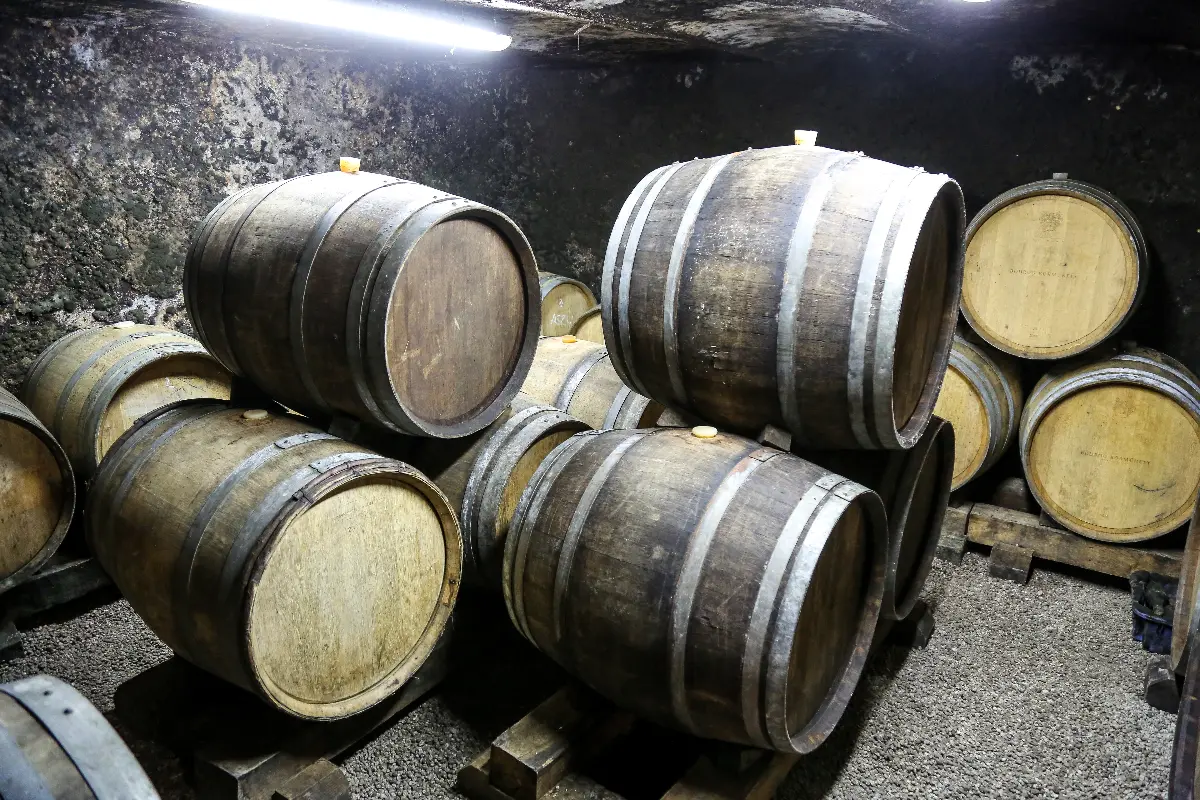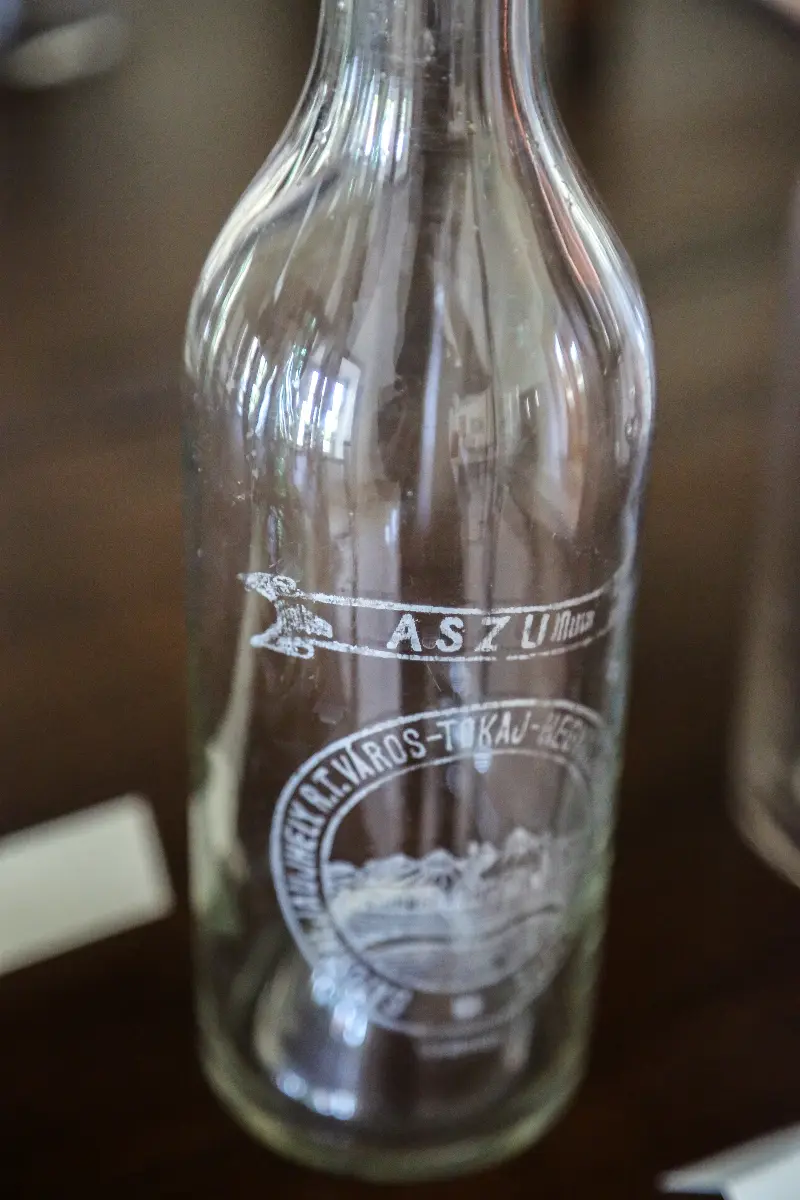
Helyszín címkék:
Szamorodni, ‘fordítás’ , ‘máslás’ ...quick training for Tokaj wines
Ripka Gergely
Szamorodni
Although one of the oldest well-known winemaking processes in Hegyalja, the name and the Szamorodni category itself are relatively young. The name of Slavic origin in free translation means “as it fructified” or as it was born. In practice, this means that among the very ripe, shrunken (overripe, water-lost) wrinkled berries and bunches, the assorted grains have already appeared. These are not sorted, but as they fructified, the grapes are collected and processed in one bulk. If it ferments completely kept in barrels (sometimes in pieces) for a long time, we are talking about the rarer, dry szamorodni; but if it has a minimum sugar content of 45-50 g / l according to the wine law, it is a sweet szamorodni, which by the way was a great success in the impoverished Polish markets in the second half of the 1700s: it is affordable, accessible Tokaj wine, as opposed to aszú, which at that time may have been the wine of the noblemen, the aristocracy. Even today, you can catch some kind of “miniaszú” with great value for money in this genre.

Aszú
When sugar was not as present in everyday life as it is today, everything that had a sweet taste was a treasure. Honey, dried fruits, sweet wines were all luxury items. Thus, from the 1500s the (very sweet) Tokaj wine may have grown big with the aszú grape wine (main wines), which may have been made by the above-mentioned Szamorodni process. It is first mentioned in 1571. Then, from the first half of the 1600s, aszú wine appeared, and in 1644 we can read about four-button aszú according to data from Kraków. In 1655, the aszú berry became free of tithe by royal decree, from then the main wines made from the unsorted fruit were pushed into the background and suddenly everyone wanted aszu. In Tokaj, each aszú grape is evaluated and chosen in a unique way. It is collected in tanks (if the juice is released, the essence is dripped at the bottom), then the completely dry aszú grapes are soaked in (fermented) must or the year’s fermented wine, similarly to the red wine process. It is gently pressed, then it is fermented and mellowed in barrels for at least 18 months. In the past, a maximum of 6 butts of grapes could be soaked in 136-liter (Gönci barrels) of base wine, making it the top category. Today, this means a minimum of 150 g /l of natural sugar, and a minimum of 120 in the case of 5 butts. (3 and 4 butts have not existed since 2013 and the number of butts is not mandatory, either.)

Fordítás
Secondary aszú has certainly existed since 1826. Its birth can be traced back to the fact that the former vintners tried to extract as much valuable aroma and flavour as possible from the most valuable, meticulously selected fruit, namely the aszú grape. Thus, the aszú pastry that had once been squeezed out was turned back into wine and soaked, squeezed again, so that in the end the fordítás contained more tannins. These are also typical sweet wines like szamorodni.
Máslás
This is also an ancient “secondary aszú” but here the aszu deposit left in the barrel is poured again with must or new wine, roughly copying the previous wine, and can now only be marketed as a sweet máslás. Máslás, by the way, has appeared in descriptions for a very long time: according to some early sources, it may have existed as early as 1561. And if there already was máslás then, there must have been aszu as well.






